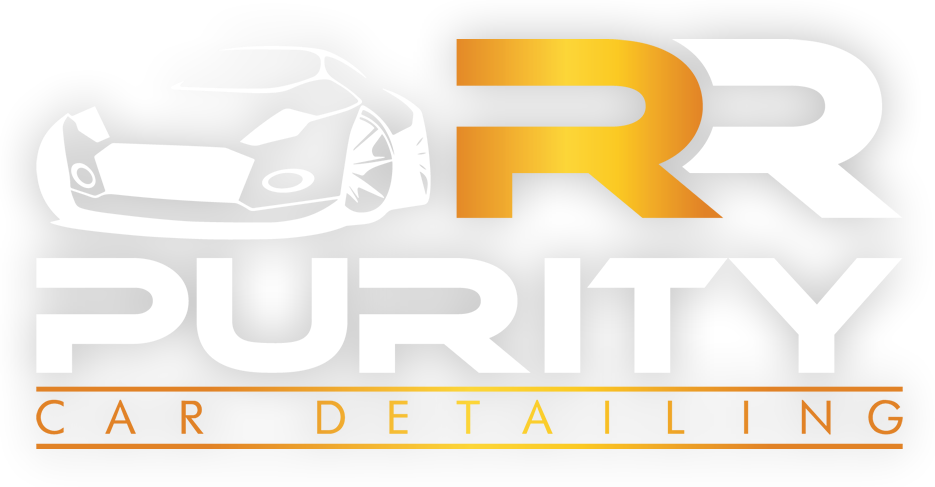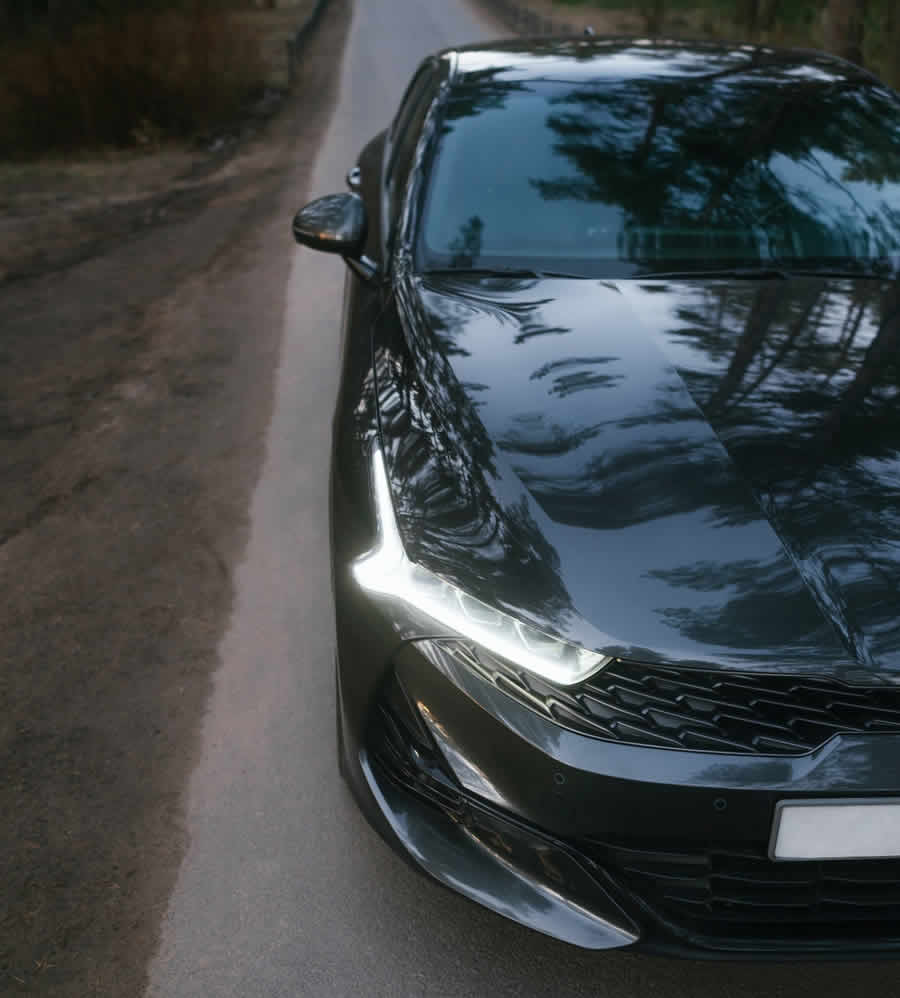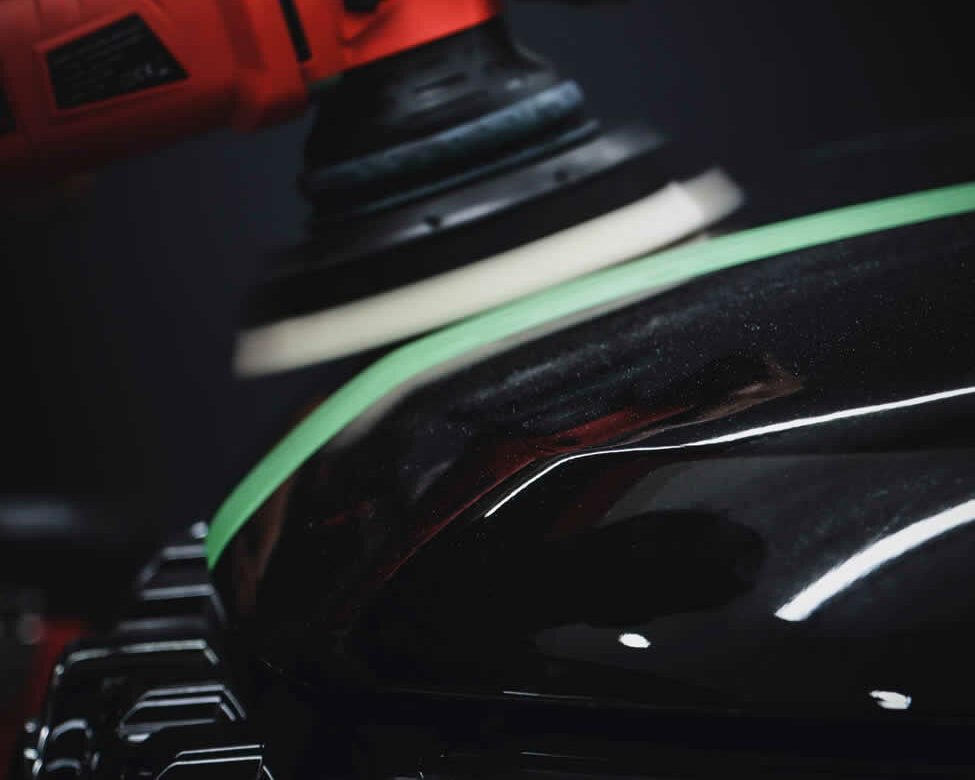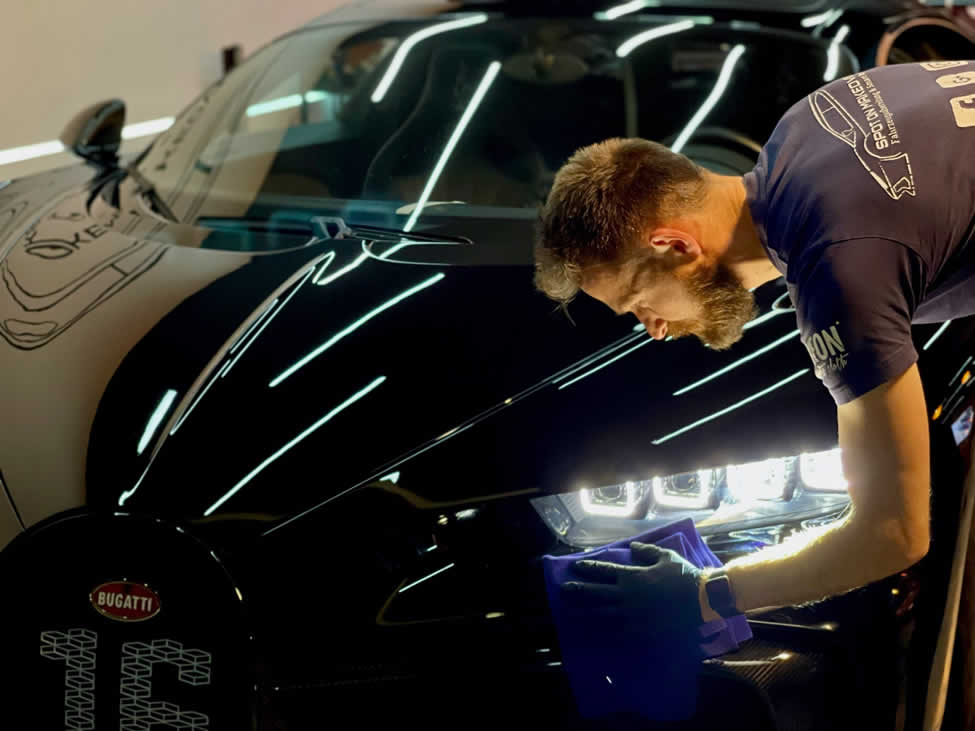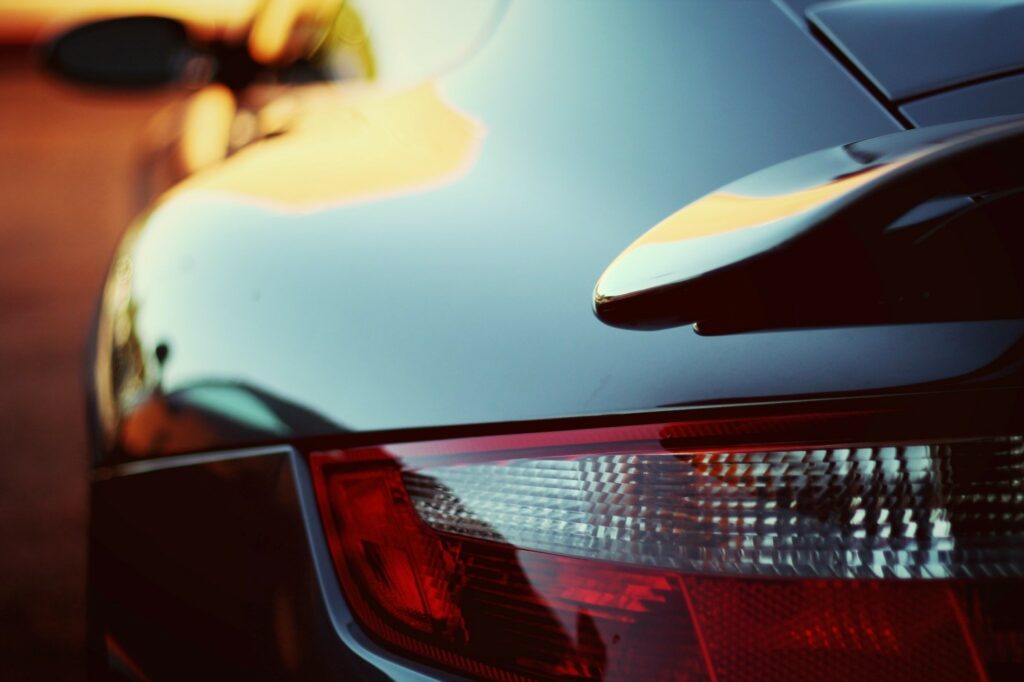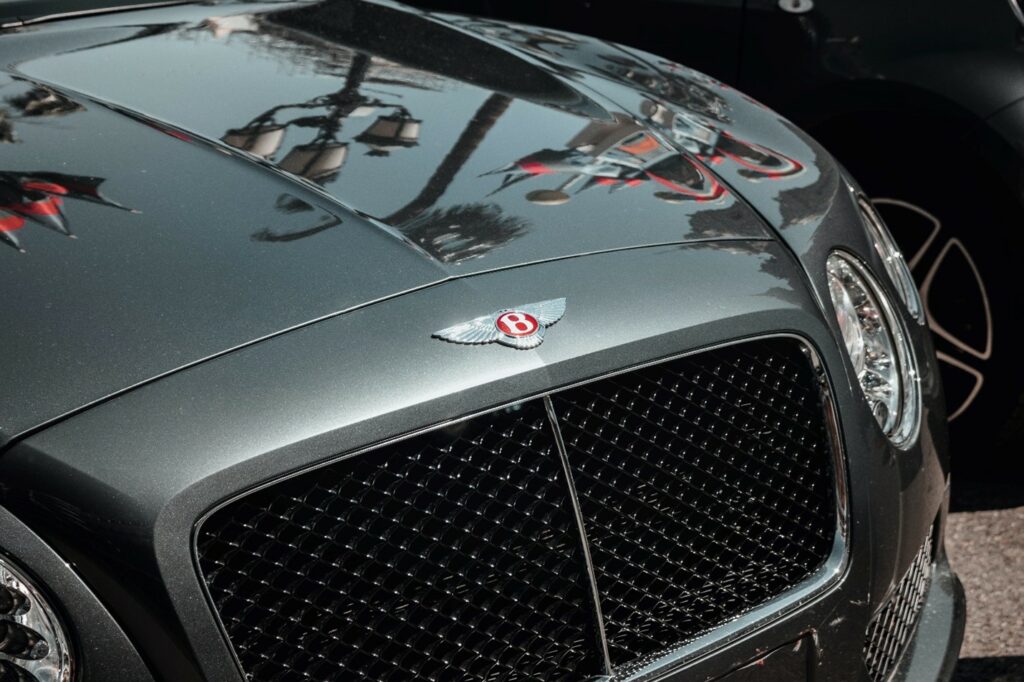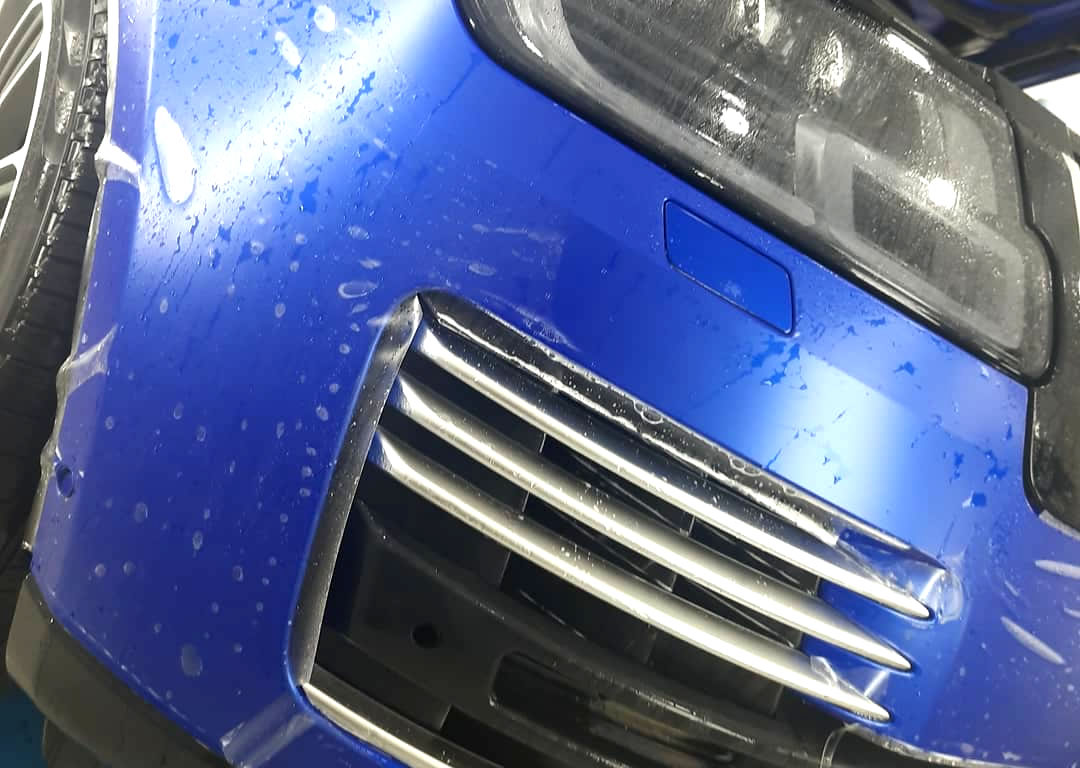How to Fix Car Paint Problems: Chipped Paint, Cracks and Fading
Before we get into the topic of how to identify and fix car paint problems, it’s worth appreciating that your car is the culmination of a century’s worth of innovation—from the carbon fibre interior trim and the sleek, aerodynamic body to the pneumatic tyres.
Even your car’s paintwork has been through so much evolution. What began with Henry Ford’s famous black paint which was based on a natural linseed oil resin and took a week to apply, has now evolved into a solvent-based coating designed to be applied in hours using electrostatic spray guns.
Despite the significant durability improvements of car paint, it’s still not immune to damage. Owners still go to painstaking and costly lengths to correct common defects like chips and cracks.
This article will discuss how to fix paint chips on cars and other similarly bothersome issues with your car’s paintwork.
Single Stage vs. Two-Stage Paintwork
Having a working understanding of car paintwork is the first step in determining the types of defects that can occur and how to address them. Almost all the cars out there will have either a single stage or two-stage paintwork out of the factory.
Single Stage Car Paint
If a car has a single stage paint job, it means it only has a primer and a colour or basecoat on top. This style is more common in cars made before the ‘80s.
Paint defects on cars with single stage paintwork affect the basecoat and sometimes even go deeper, down to the car’s metal panel.
Two-Stage Car Paint
In the 1970s, clearcoat technology improved and began to be used in automotive paint. This is why the overwhelming majority of cars made since the 1980s feature clearcoat. That is what differentiates two-stage paintwork.
Cars with two-stage paintwork have a clear coat layer on top of the basecoat. This increases the thickness of the paint job and also adds a more durable and reliable layer of protection.
Shallow defects on two-stage paint jobs are relatively easier to deal with because they only affect the clearcoat. However, even cars with this kind of paintwork can have damage that affects not just the paintwork but also the vehicle’s body.

Common Car Paint Problems
To properly address any car paint defect, you need to be able to identify it and understand its cause. With this information, you’ll also be able to prevent similar issues in the future. The following are the most common problems of automotive paintwork:
Abrasion and Impact
Issues with the car’s paintwork can result from abrasion or impact with hard materials like rocks and keys.
Fine Scratches
These defects are shallow cuts to the clear coat. They can be caused by anything from buttons to bushes that scratch the car. Thankfully, these shallow defects can be addressed straight away just by using finishing polish, which can easily be done at home. We have a comprehensive guide to machine polishing vehicles.
Deep Scratches
These defects are deeper compared to fine scratches. They are often caused by heavy abrading of the paintwork. Scratches are classified as deep when they penetrate past the clearcoat. They may even reach the car’s panels. Depending on the severity of the scratch, it may be best to visit a professional detailer for a more lasting solution.
Buff Marks
These defects are also referred to as swirl marks. They are usually caused by poor cleaning or buffing habits. These circular scratches usually only affect the clear coat. If that is the case, these marks can easily be addressed by polishing. Use this waxing and polishing article as a reference.
Application
Some common issues with the paint are caused by the imperfect application of the paint. When paint is not applied correctly, the following problems will arise sooner or later:
Chips
Chipping happens when bits of the car paint come off or lose adhesion from the substrate. This usually happens if there are issues in the application process, including the use of incompatible materials, improper mixing of materials, inadequate preparation of the metal substrate and failure to seal. If left unaddressed, small chips can grow larger and cause the paintwork to peel.
If the problem is small enough, fixing chipped paint on a car can be a relatively easy task. You will need to remove the finish around the chip and reapply paint. Make sure to degrease and clean the substrate, mix materials properly and follow the specified drying times.
When fixing larger paint chips on a car, you can also use a similar process. Note that if the paint job is not perfect, it will be more noticeable because of its size.
You can also take the car in, and we’ll happily fix the chipped paint and make sure that the respray is uniform throughout. We’ll also apply the right type of protection to ensure the longevity of your paintwork.
Cracks
Also called crazing, this condition is marked by visible lines of varying lengths and directions on the car’s paintwork (spider cracks). These are usually caused by the uneven or excessive thickness of the topcoat or undercoat when it was applied. Crazing also happens when too much hardener was used for either the paint or the primer.
The best way to fix spider cracks on car paint is to completely strip the affected area and refinish it. Again, depending on the extent of the damage, you might want to consider having professional detailers work on your car to ensure lasting results.
Blistering
If the metal surface is not prepared well before painting, tiny air bubbles may get trapped inside the paint. These bubbles might eventually pop during sanding or when the paint is exposed to heat. Once this happens, crater-like openings will develop on the surface of the paintwork.
To fix blistering, the affected area should be sanded until smooth before applying paint again. It is also important to follow the instructions regarding proper mixing ratios and waiting times.
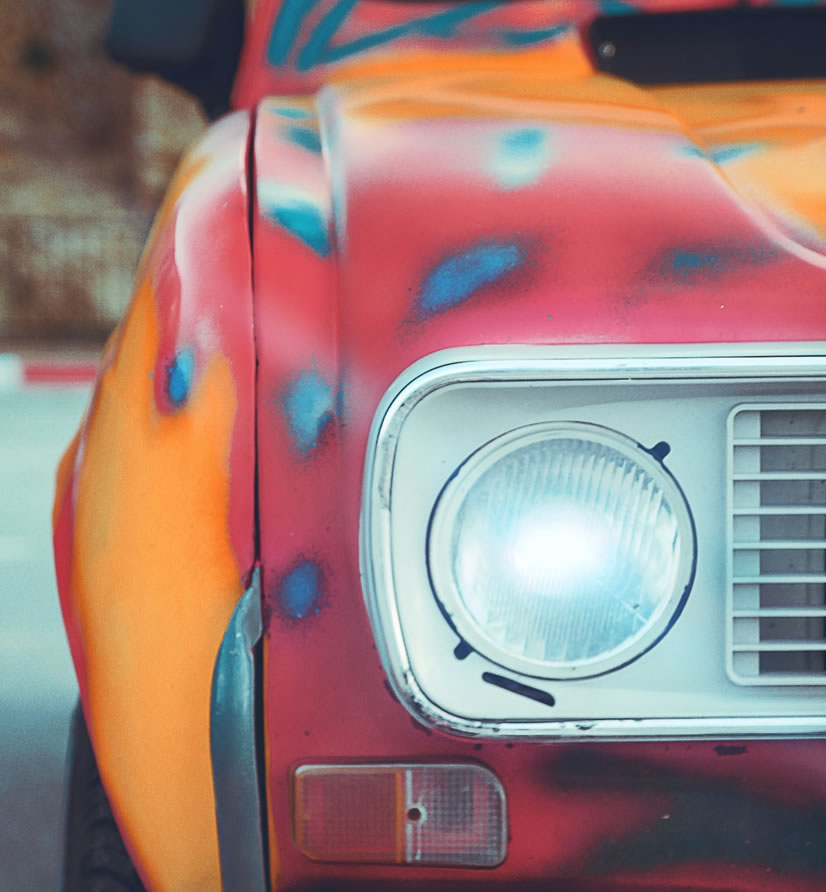
Natural Causes
Weathering
Years of use and exposure to the harsh elements can thin or strip the clearcoat and significantly reduce its ability to protect the basecoat. Oxidation then occurs in the car’s paintwork, which results in a faded or milky appearance. This phenomenon is more easily visible in cars with red paint, as they tend to turn pinkish.
Fixing faded paint on cars requires the following solutions:
- If the fading is not heavy, you can use a finishing compound to polish the affected area.
- If the fading is extensive, you may need to sand down the area to remove the weathered paint and refinish.
Take your car in so we can assess the extent of the oxidation and recommend a lasting fix.
Yellowing
Your car’s paintwork is usually resistant to UV rays from the sun. However, acid rain, engine heat and even dirt that’s left on too long can weaken the clear coat, cause oxidation in the paintwork and eventually turn the surface yellowish. This is more noticeable on white cars.
You can address this problem by giving your car a thorough wash. Use a clay bar to remove all the dirt and grime that may have stuck to the paint. From here, polish your car’s paintwork to bring back its original colour.
Preventing Further Car Paint Problems
Without taking the proper preventive steps, you are bound to encounter these defects again. These steps include good cleaning practices and protectant application.

Proper Cleaning
Adopting good cleaning habits can go a long way in preserving the shine of your car’s paintwork. These include:
- Using the right cleaning materials like microfibre cloths, a clay bar and car shampoo
- Removing dirt that’s stuck to the paintwork.
- Always drying the car thoroughly before applying wax or other protectants
- Washing the car regularly. For example, when you encounter bird droppings or chemical spills, you should clean your vehicle’s exterior as soon as possible.
Protectants
Improve the resilience of your car’s paintwork by applying protectant. You can choose from the following options:
- Wax – Waxes are easy to use and inexpensive, but they are also easily affected by heat and water. This means you will need to wax your vehicle several times a year. Waxes also attract dirt that may end up adhering to the paintwork, eventually causing scratches.
- Ceramic Coating – Durable acrylic elements and other polymers form a protective layer that repels water and dirt. This protectant can last anywhere from six months to more than a year, defending your paintwork from oxidation, minor scratches and other forms of damage. This option is pricier than waxes.
- PPF – Paint protection film is our protectant of choice here at RR Purity. It offers the strongest protection against abrasion and can heal itself after impact. Also, PPF’s protection can be further enhanced by applying ceramic coating on top. While this is admittedly a costly option, it will save you money on detailing services.

Conclusion
While your car’s paintwork is the result of a century of automotive innovation and designed to be resilient, it is still vulnerable against defects and paint problems. You can address these issues armed with a working understanding of the paintwork and the types of defects you are likely to encounter.
Fixing car paint issues like chips, cracks and fading can involve anything from polishing to refinishing. You can consult us to determine the type and extent of work that needs to be done.
Find out more about fixes to common paint issues or get information on other car detailing subjects by calling us at 07930042042. If you want your car paint problem addressed as soon as possible, request a quote from us today.
